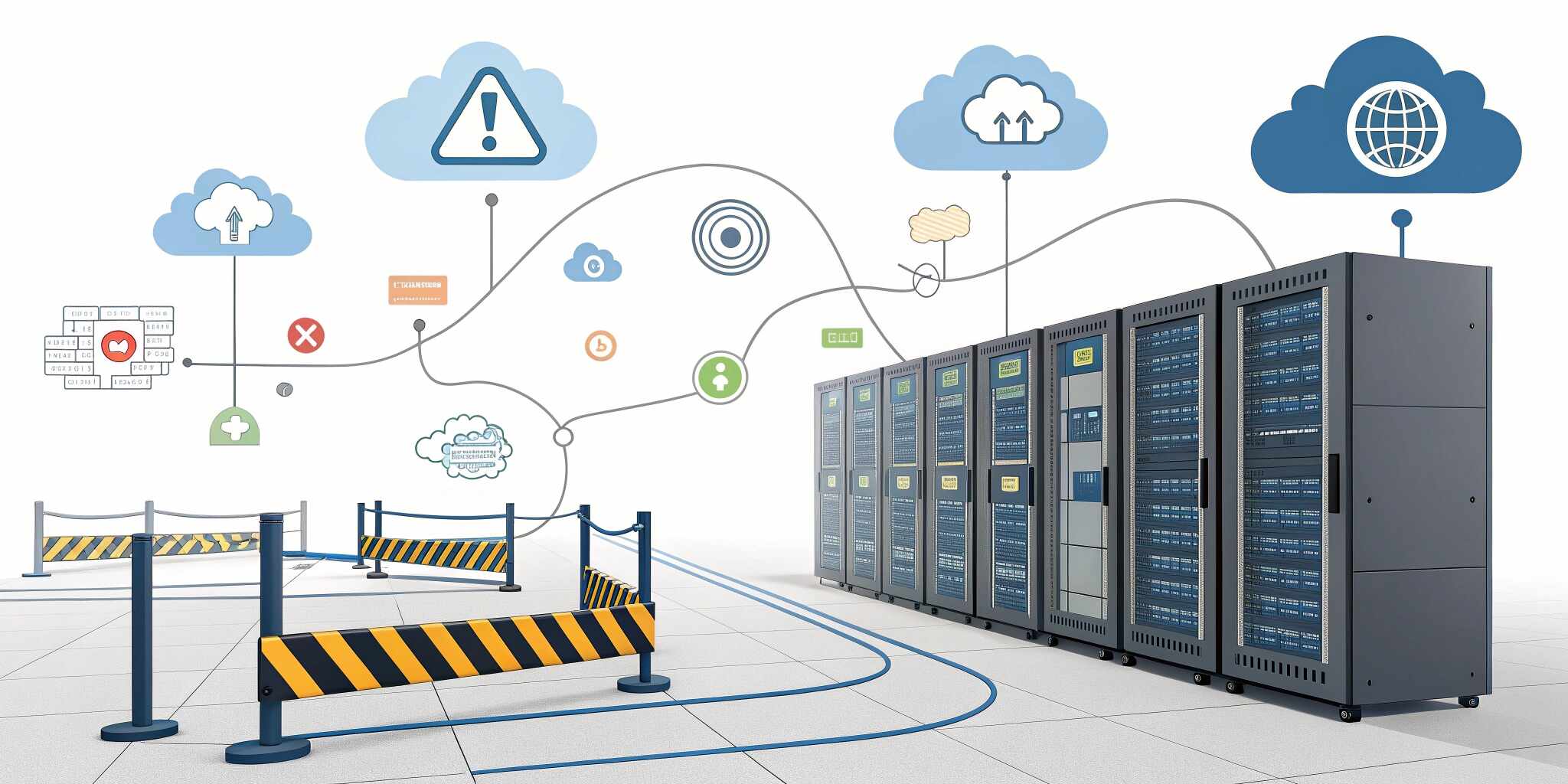In the digital age, cloud migration has become a strategic imperative for organizations aiming to modernize their IT infrastructure, enhance scalability, and drive innovation. However, while the benefits of cloud adoption are clear—cost savings, agility, and flexibility—the journey to the cloud often presents significant challenges. From data security risks to technical complexities, understanding these obstacles is the first step toward overcoming them effectively.
Understanding Cloud Migration
Cloud migration refers to the process of moving digital assets—such as applications, data, and IT resources—from on-premises infrastructure or legacy systems to cloud environments. These environments can be public, private, or hybrid clouds, depending on business needs.
The primary goals of cloud migration include improving scalability, reducing costs, enhancing collaboration, and enabling businesses to innovate faster. Yet, without a solid strategy and the right tools, migration can lead to unexpected downtime, cost overruns, and even data loss.
Major Challenges in Cloud Migration
- Data Security and Compliance Concerns
- One of the most critical challenges is maintaining data security and compliance during migration. Sensitive data is often exposed to risks while transferring between systems. Additionally, compliance with industry regulations such as GDPR or HIPAA becomes complex when data is hosted across different geographic regions.
- Downtime and Business Continuity Risks
- Unplanned downtime during migration can disrupt operations and impact revenue. Migrating mission-critical applications without proper planning can lead to performance degradation and service interruptions.
- Complex Legacy Systems
- Many organizations still rely on legacy systems that are not cloud-compatible. Re-architecting or re-platforming these systems demands time, expertise, and resources.
- Cost Management and Hidden Expenses
- While the cloud promises cost efficiency, poor management of cloud resources often leads to inflated expenses. Many businesses underestimate migration costs related to data transfer, software licensing, and ongoing maintenance.
- Integration with Existing Infrastructure
- Integrating cloud environments with on-premises systems and applications can be challenging. Without proper orchestration, data silos and communication gaps may arise, reducing overall system efficiency.
- Lack of Skilled Personnel
- Cloud migration requires specialized skills in cloud architecture, security, and data management. The shortage of skilled professionals often slows down migration efforts or leads to poor implementation.
- Vendor Lock-In
- Choosing a single cloud service provider can limit flexibility. Once an organization is tied to a vendor’s infrastructure and tools, switching providers becomes costly and technically difficult.
Strategies to Overcome Cloud Migration Challenges
- Develop a Comprehensive Migration Strategy
- Start with a detailed assessment of your existing infrastructure and identify which applications are suitable for migration. Create a roadmap prioritizing low-risk workloads before moving critical systems.
- Ensure Strong Data Security and Compliance
- Encrypt all data before, during, and after migration. Implement strict access controls and ensure compliance with relevant data protection laws. Partnering with cloud providers that meet international compliance standards helps minimize risks.
- Leverage Automation and Migration Tools
- Use automated tools for application discovery, data transfer, and monitoring. Tools like AWS Migration Hub, Azure Migrate, and Google Cloud Migration Service simplify processes and reduce human error.
- Plan for Downtime and Disaster Recovery
- Design a rollback and recovery strategy before migration begins. Using hybrid setups can ensure minimal disruption while testing workloads in the new environment.
- Optimize Costs and Resource Allocation
- Monitor cloud usage regularly using cloud cost management tools. Implement pay-as-you-go models and right-size resources to avoid unnecessary spending.
- Train and Upskill Your IT Teams
- Encourage cloud certifications and hands-on training for your IT staff. A skilled team can proactively address challenges and adapt to evolving cloud technologies.
- Adopt a Multi-Cloud or Hybrid Cloud Approach
- Instead of relying on a single provider, consider multi-cloud or hybrid models. This approach enhances flexibility, reduces vendor lock-in, and ensures redundancy.
The Future of Cloud Migration
By 2025, cloud migration will continue to evolve, supported by automation, AI-driven analytics, and hybrid cloud adoption. Organizations will increasingly adopt cloud-native architectures, enabling them to scale faster and innovate without the constraints of traditional infrastructure.
Moreover, security and governance will remain top priorities. Businesses that integrate robust monitoring tools and adopt continuous compliance frameworks will lead in achieving successful, secure cloud transformations.
Conclusion
Cloud migration is not a one-time project but an ongoing journey of optimization, adaptation, and innovation. While challenges like data security, downtime, and costs can hinder progress, a strategic approach can turn these obstacles into opportunities. With careful planning, the right tools, and a skilled team, businesses can unlock the full potential of the cloud—driving agility, scalability, and long-term growth in the digital era.


